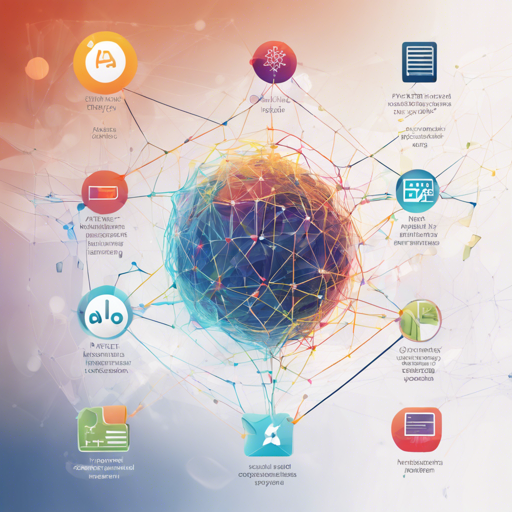Welcome to this guide on implementing the AffNet model! AffNet is a convolutional neural network-based affine shape estimator that provides remarkable performance for enhancing the repeatability of discriminative affine regions. In this post, we will walk you through the steps needed to set up AffNet in your own environment, and how to effectively use it for analyzing images.
Setting Up Your Environment
Before diving into the implementation, let’s ensure your Python and PyTorch versions are ready. For optimal results, the following configurations are recommended:
- Python 2.7 and PyTorch 0.4.0 for the master branch
- Python 3.7 and PyTorch 1.4.0 for the updated branch
You can find the repository to run the code on Python 3.7 here.
Cloning the Repository and Downloading Datasets
To get started, you will first need to clone the repository and download the necessary datasets:
bash
git clone https://github.com/ducha-aik/iaffnet.git
cd iaffnet
bash run_me.sh
Understanding AffNet Performance
AffNet is known for generating up to twice as many correspondences compared to Baumberg iterations. Imagine AffNet as a skilled librarian who remembers where all the books are – it identifies key shapes in images with remarkable precision, resulting in a richer dataset of correspondences.
This enhanced capability is visually supported by the performance metrics seen on the Oxford5k dataset:
| Detector + Descriptor | BoW | BoW + SV | BoW + SV + QE | HQE + MA |
|---|---|---|---|---|
| HesAff + RootSIFT | 55.1 | 63.0 | 78.4 | 88.0 |
| HesAff + HardNet++ | 60.8 | 69.6 | 84.5 | 88.3 |
| HesAffNet + HardNet++ | 68.3 | 77.8 | 89.0 | 89.5 |
Running the Model
Once you have set everything up, you can estimate the affine shape using two examples:
Example 1: Estimating Affine Shape on Patch-Column File
python
cd examples
python detect_affine_shape.py imgs/face.png out.txt
The output will be in the form of an upright affine frame.
Example 2: Using Hessian-Affine
python
cd examples
python hesaffnet.py img/cat.png ells-affnet.txt 2000
This will help you detect up to 2000 regions in the given image.
Troubleshooting Common Issues
If you encounter any problems during the setup or execution process, consider the following suggestions:
- Ensure your Python and PyTorch versions are as stated above.
- Check for missing dependencies; running
pip install -r requirements.txtmight help. - If you experience errors related to datasets, ensure that you have cloned the repository and run the dataset preparation script correctly.
For more insights, updates, or to collaborate on AI development projects, stay connected with fxis.ai.
Conclusion
The AffNet model is a powerful tool for affine shape estimation in images. With proper setup and utilization, it can dramatically increase the number of correspondences found, which is crucial for many practical applications in computer vision.
At fxis.ai, we believe that such advancements are crucial for the future of AI, as they enable more comprehensive and effective solutions. Our team is continually exploring new methodologies to push the envelope in artificial intelligence, ensuring that our clients benefit from the latest technological innovations.

